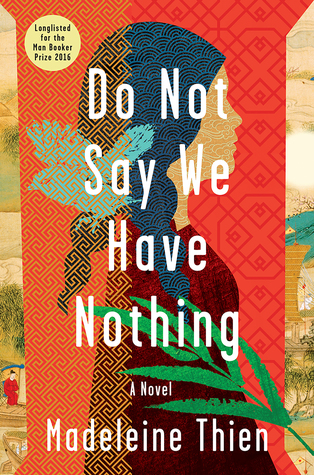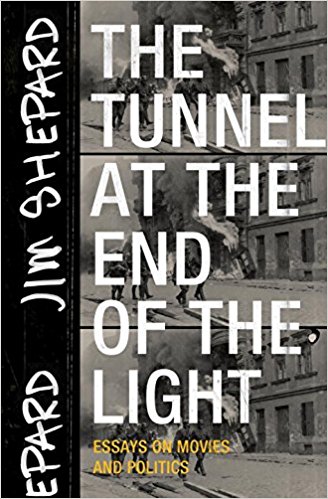Student Picks: Wasserman, Curtis
K. A. Hamilton-- Robin Wasserman’s Girls on Fire is the story of teenagers struggling to reclaim their identities from the grips of small town life. The central character is at once a daughter, an outcast, and a rebel, and impossible to refer to by name without taking sides. She is “Hannah,” “Dex,” or “Hannah Dexter,” depending on who you ask, and the prime battleground on which Kurt Cobain-worshipping Lacey and popular Everygirl Nikki wage their intimate culture war.
To read Girls on Fire is to experience the cautionary tale firsthand. Wasserman presents raw teenage realities a la carte, free of the morality-story garnish so commonly heard on the news. With startlingly clear technique, she humanizes figures we’re so often warned not to empathize with. By keeping close, readers are allowed to let go of the “why” just long enough to remember the “why not,” and maybe even recall “how good it felt to burn.”
Jemiscoe Chambers-Black-- We’ve all heard that “those who do not learn history are doomed to repeat it,” and my literary mind feels we should turn to literature for this history. There is no better book for that than The Watsons Go to Birmingham – 1963 by Christopher Paul Curtis.
It follows the Watsons, who make their way from Flint, Michigan to Birmingham, Alabama because their son has been getting into trouble, and his parents think staying with his grandmother may be the change he needs. But 1963 is a turbulent time in the South, and Curtis weaves fiction with the historical event of the September 15th, 16th Street Baptist Church bombing. The event in this book is almost 55 years old, but racial tension still exists, and places that should feel sacred or safe, are instead places where children are met with fear, hate, and violence.
If you’re a parent, read this with your children. If you’re a teacher, share this with your students. If you’re neither, but a human, read it anyway. Start the conversation that Curtis sparked: one that asks how we can change and make sure that violence is not so easily accessible, especially when our children are the target.





